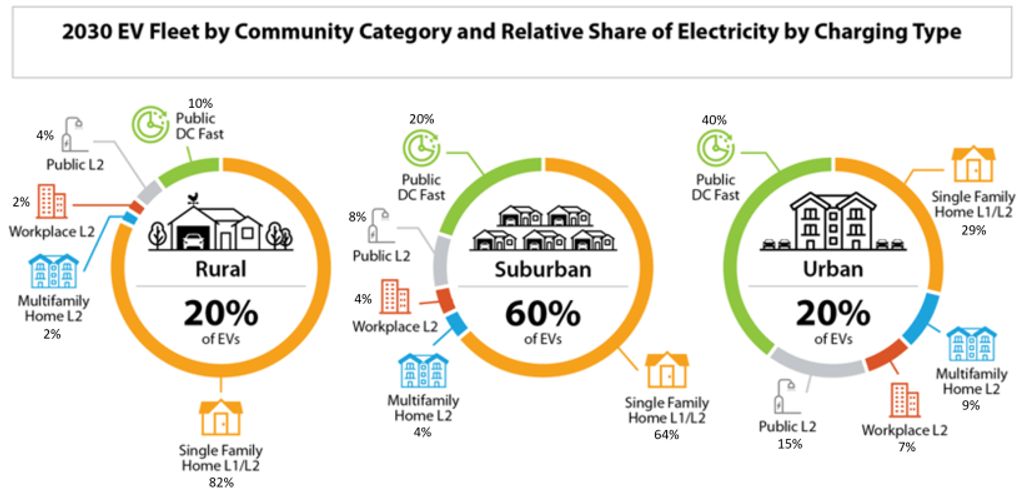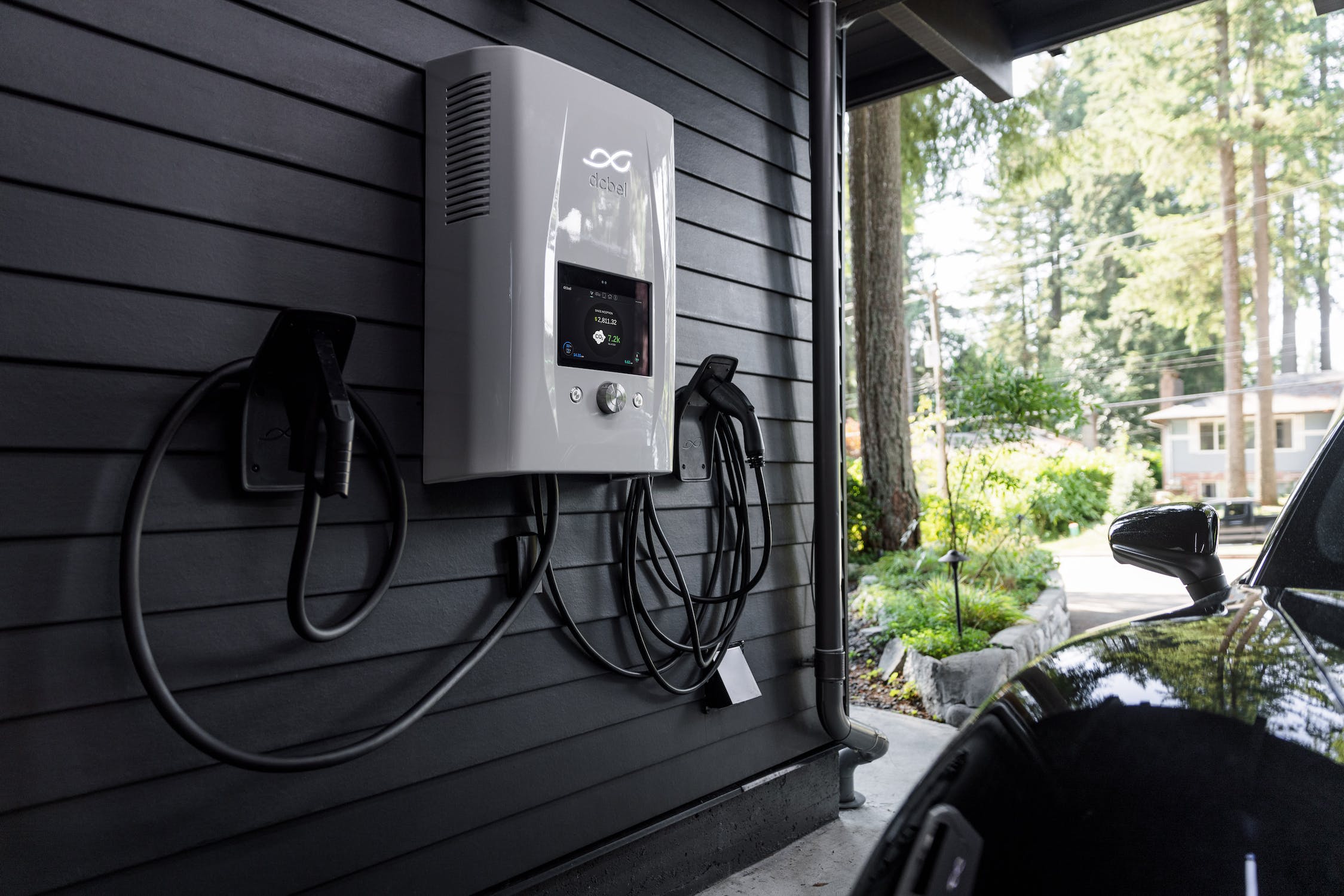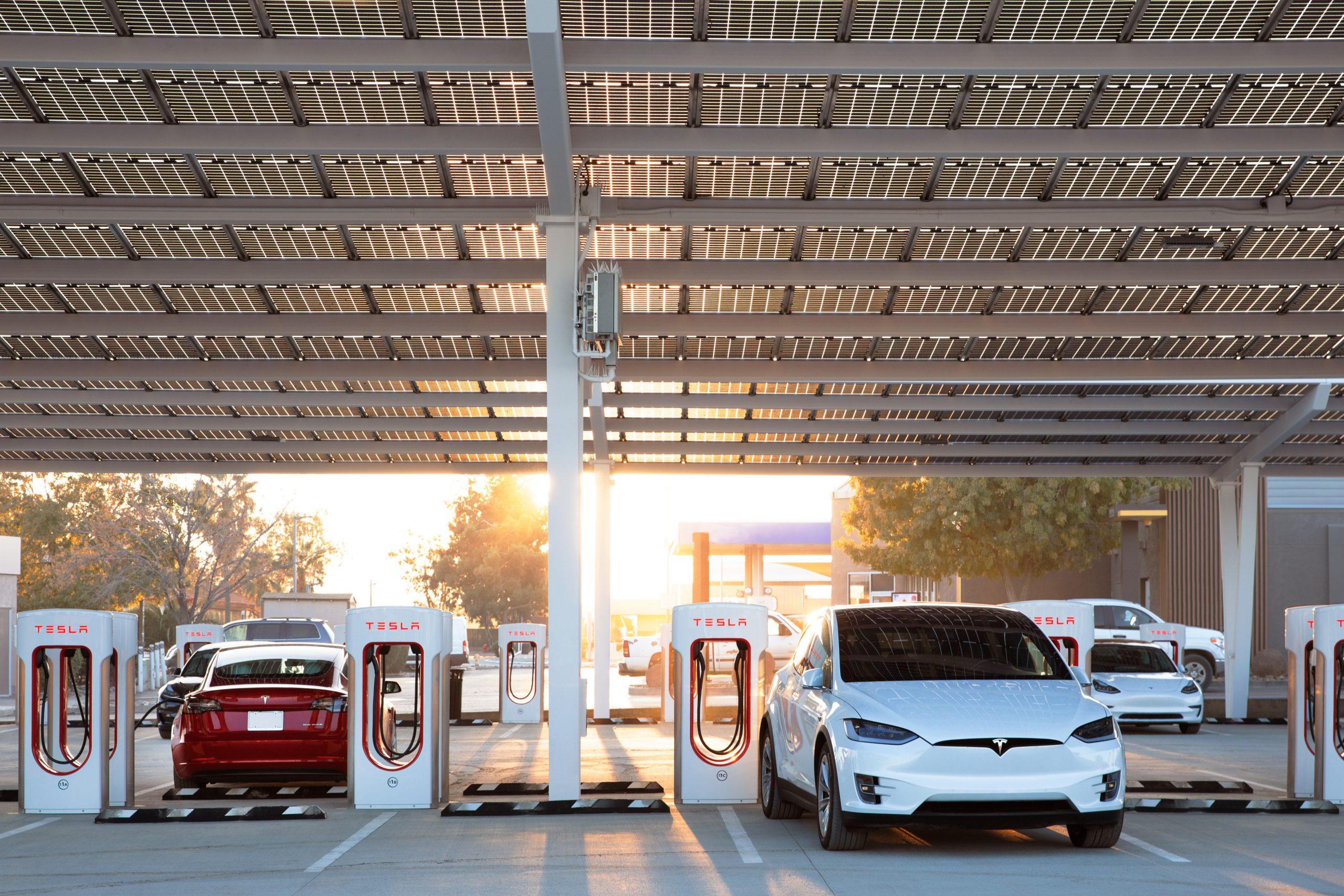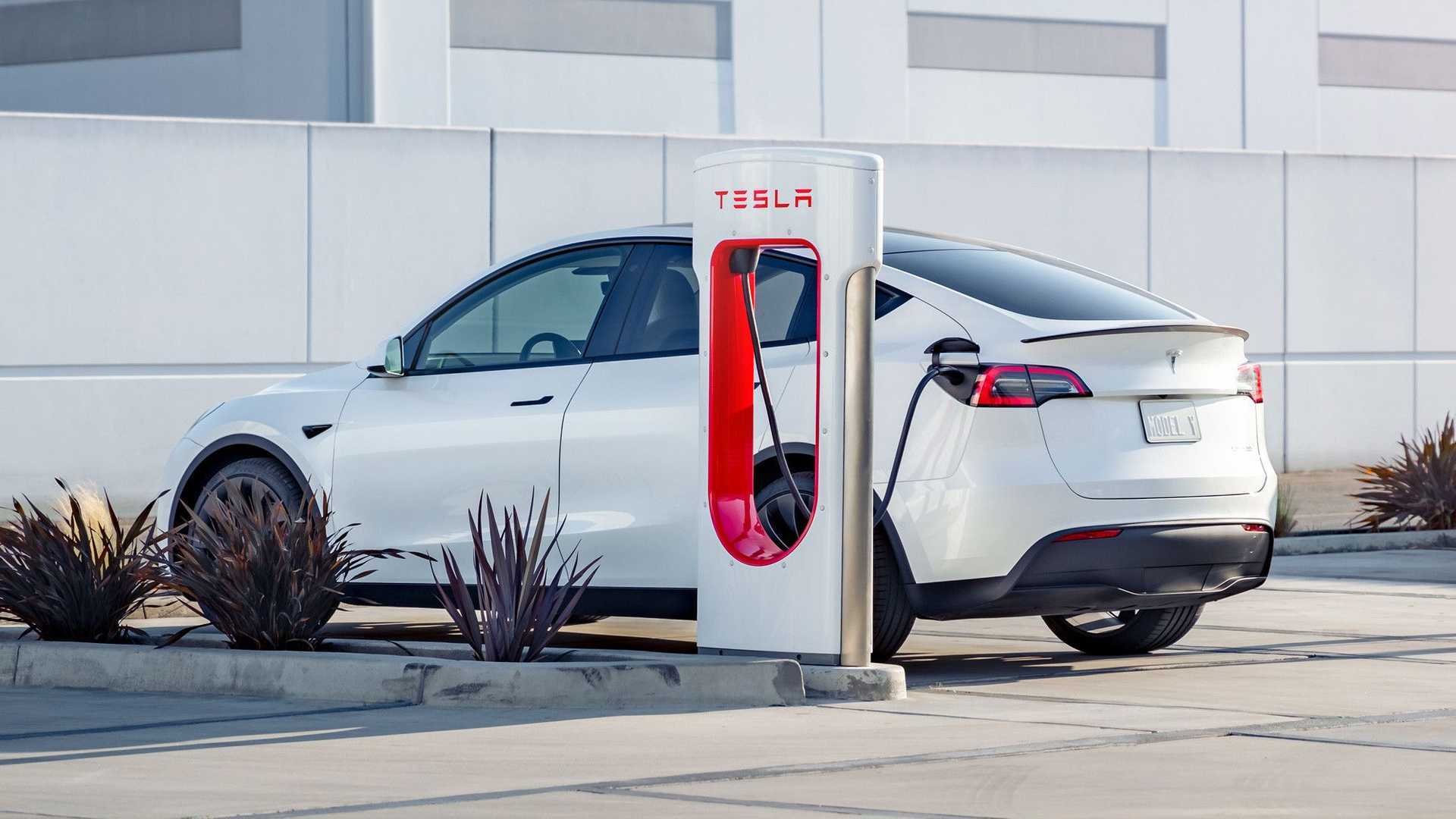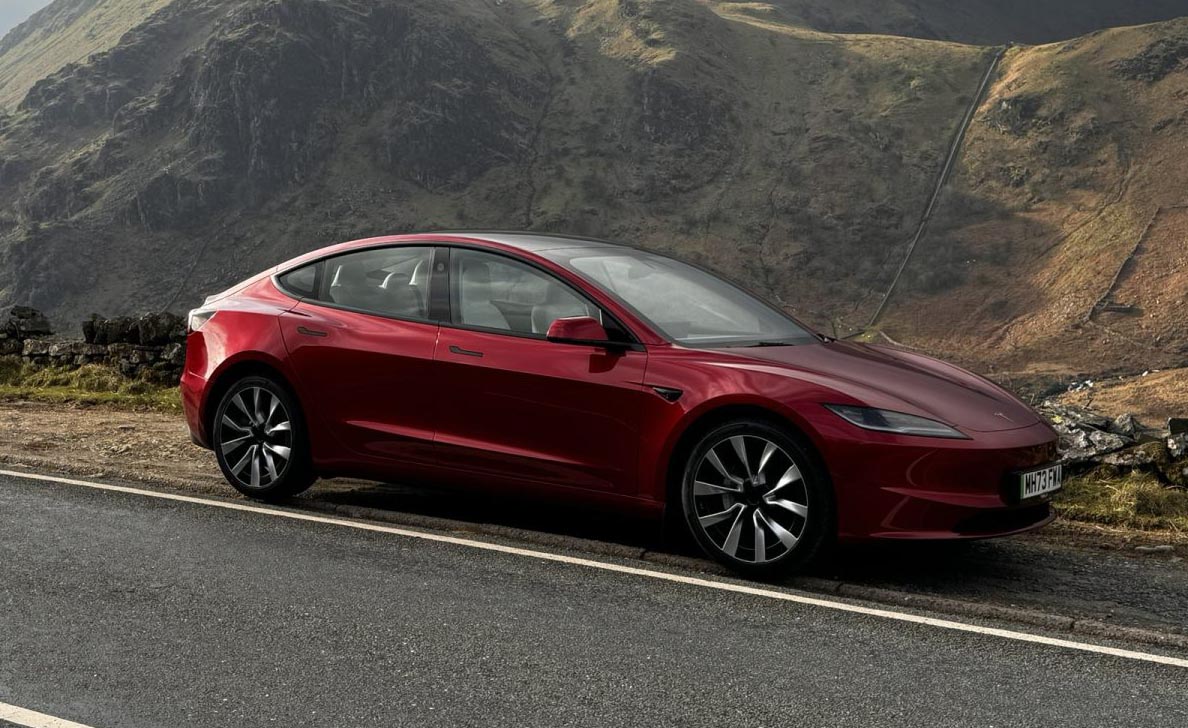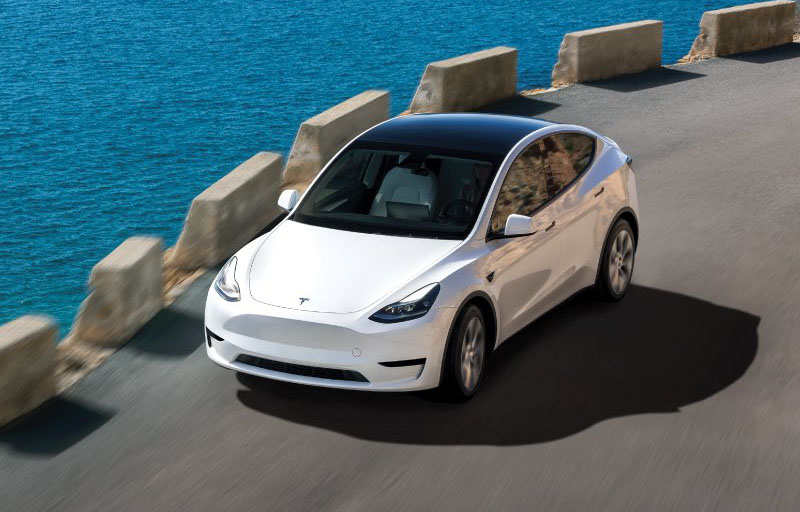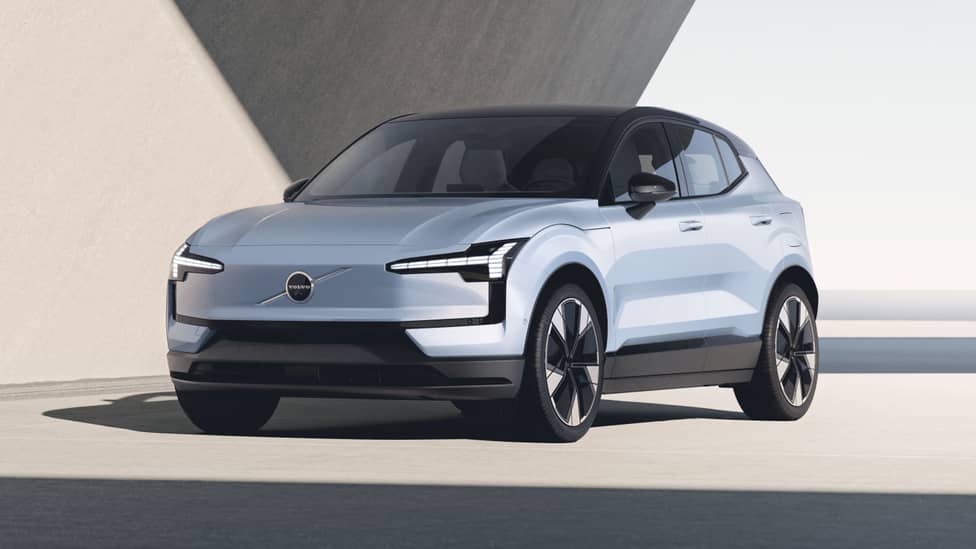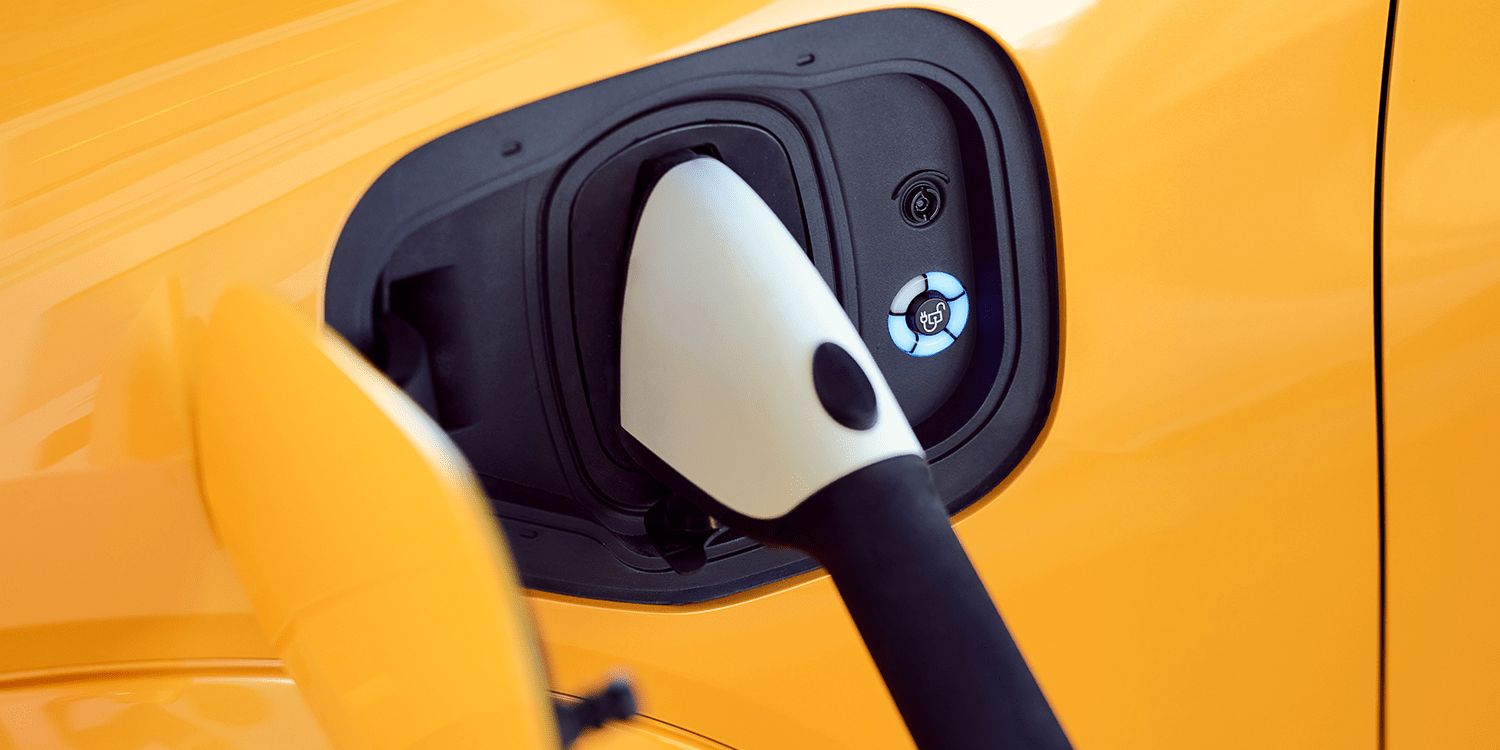A study conducted by the National Renewable Energy Laboratory, highlighted by the U.S. Department of Energy’s Vehicle Technologies Office, suggests that the electrification of vehicles will lead to a notable disproportion in electric vehicle (EV) deployment across different regions in the United States.
According to the study, which projects a total of 33 million EVs on U.S. roads by 2030, approximately 60% of these vehicles are expected to be located in suburban areas. This translates to nearly 20 million EVs being concentrated in suburban regions. The remaining 40% of EVs are predicted to be distributed between rural locations (20%) and urban areas (20%).
The study’s findings imply that the majority of EV customers will likely be individuals who require a vehicle for commuting purposes. Suburban areas, characterized by houses with private parking spots and home charging options, are expected to be a core market for EVs.
In contrast, urban areas, where the zero-emission aspect of EVs is highly valued, present a different scenario. Potential customers in urban settings often lack access to home charging points and may have lower mileage needs, leading to the higher price of EVs potentially outweighing the benefits of lower energy or fuel costs.
The study also highlights the infrastructure implications of EV deployment. In urban areas, it is projected that 40% of EV electricity needs will be met by public DC fast chargers with a capacity of 150 kilowatts or higher. This is in contrast to suburban areas, where public DC fast chargers are expected to account for 20% of energy dispensed, and rural areas, where the figure drops to 10%.
Across all regions, the study suggests that AC Level 2 charging, supplemented by some AC Level 1 charging, will be the primary charging method for EVs.
